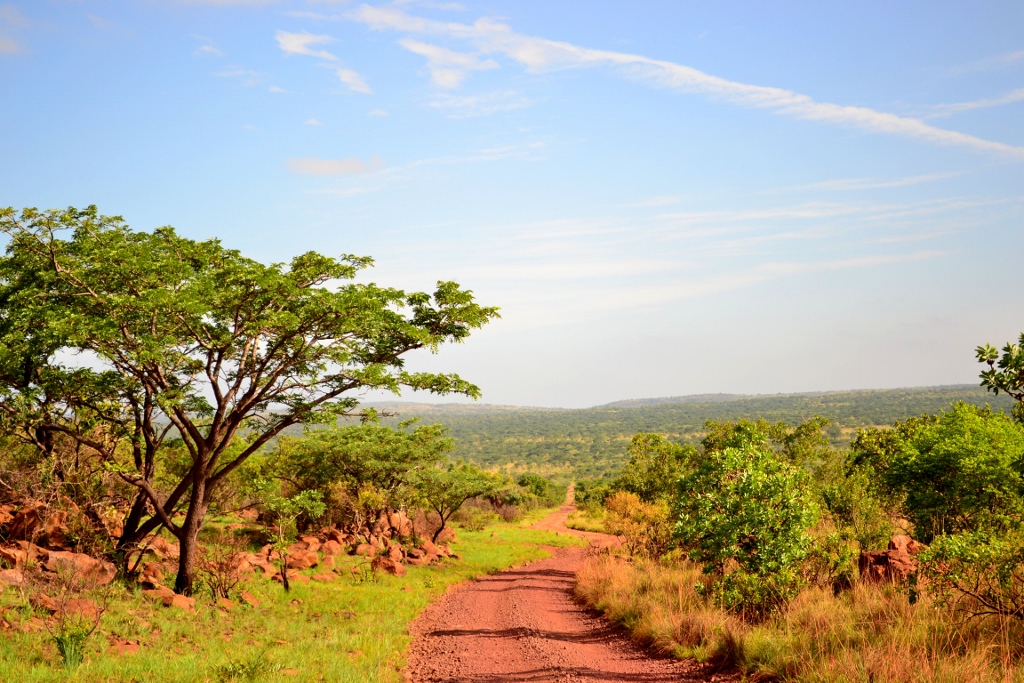The Small Knobwood
The tree called a Small Knobwood, growing in amongst the rocks by the lodge. I know most of you will be thinking “oh no a tree, how boring”, but let me assure you it makes for a fascinating read. So grab your specs, maybe a cup of coffee and enjoy.
Zanthoxylum capense
Small Knobwood (Eng) Kleinperdepram (Afr) Monokwane (Sotho)
A bit of background into the botanical name of the small knobwood, if we are to break it down we will see it is derived from ancient Greek not Latin.
Xanthos : pronounced zanthos, means Yellow
Xylon : pronounced zilon, means Wood
capense : means from the cape
When we put it all together the name essentially means Yellow wood from the Cape as many of the Zanthoxylum species have yellow heartwood.
Something special about the Small Knobwood is that it’s a protected tree within South Africa. What it means to be a protected tree is a small list of criteria that is deliberated on by a group of experts. The list includes:
Is it a Red List Species, is the tree endangered or not.
Whether the tree plays an important role within an ecosystem.
Does it have any cultural or spiritual significance?
Can it be sustainably used.
Is there any other legislation protecting it.
It all means that, if you cut it, hurt it, damage it or use it without proper authorization, you could get into serious trouble with the Department of Water affairs and Forestry (DWAF).
The most noticeable features of the small knobwood are the small cone like knobs all the way up the trunk of the tree. The leaves are pinnately compound, meaning the leaves are paired all the way to the end of the tip. Once crushed they also have a mild chocolate and citrus smell.
This species of Knobwood is the larval food source for some butterflies which include the Swallowtail species. Certainly one of the nicer Swallowtails is the Green Banded Swallowtail, which if you have been to Nedile and have noticed the amazing bright blue butterflies fluttering by, you now know what their food source is. However if you have been unfortunate not to have seen these Green Banded Swallowtails, then your chance is soon at hand. The Green Banded Swallowtail peaks in November and February which will be your best chance to see them.
A few interesting medicinal uses for your Small Knobwood, it is used to relieve colic and, if Minky and Mapula’s awesome bean salad is catching up to you, Flatulence. A decoction of the leaves can be used for the treatment of cold’s, which was widely used during the influenza epidemic of 1918.
It contains an alkaloid called Sanguinarine which has anti plaque and anti inflammatory properties. This alkaloid is used in commercial mouthwashes and toothpastes. By using a decoction of the roots and bark you too can make an oral rinse. People used to bash the ends of branches to create a toothbrush and the bark was chewed to relieve toothache.
So, there we are, Small Knobwood. A protected tree, food for the Swallowtails and a dentist’s dream all rolled into one beautiful tree. You will probably find your coffee’s finished and the spectacles can come off, you see, wasn’t such a boring read after all was it!










